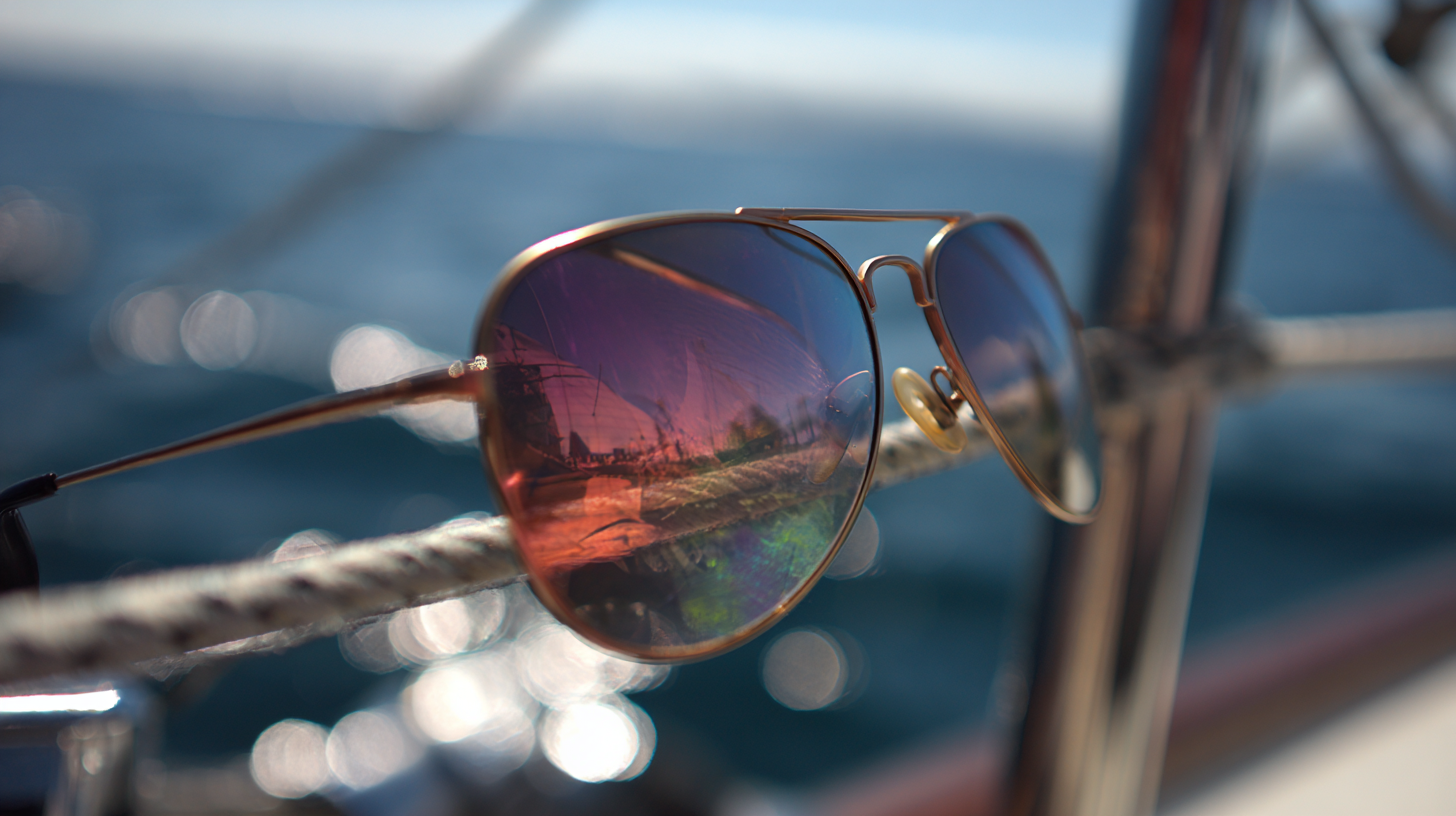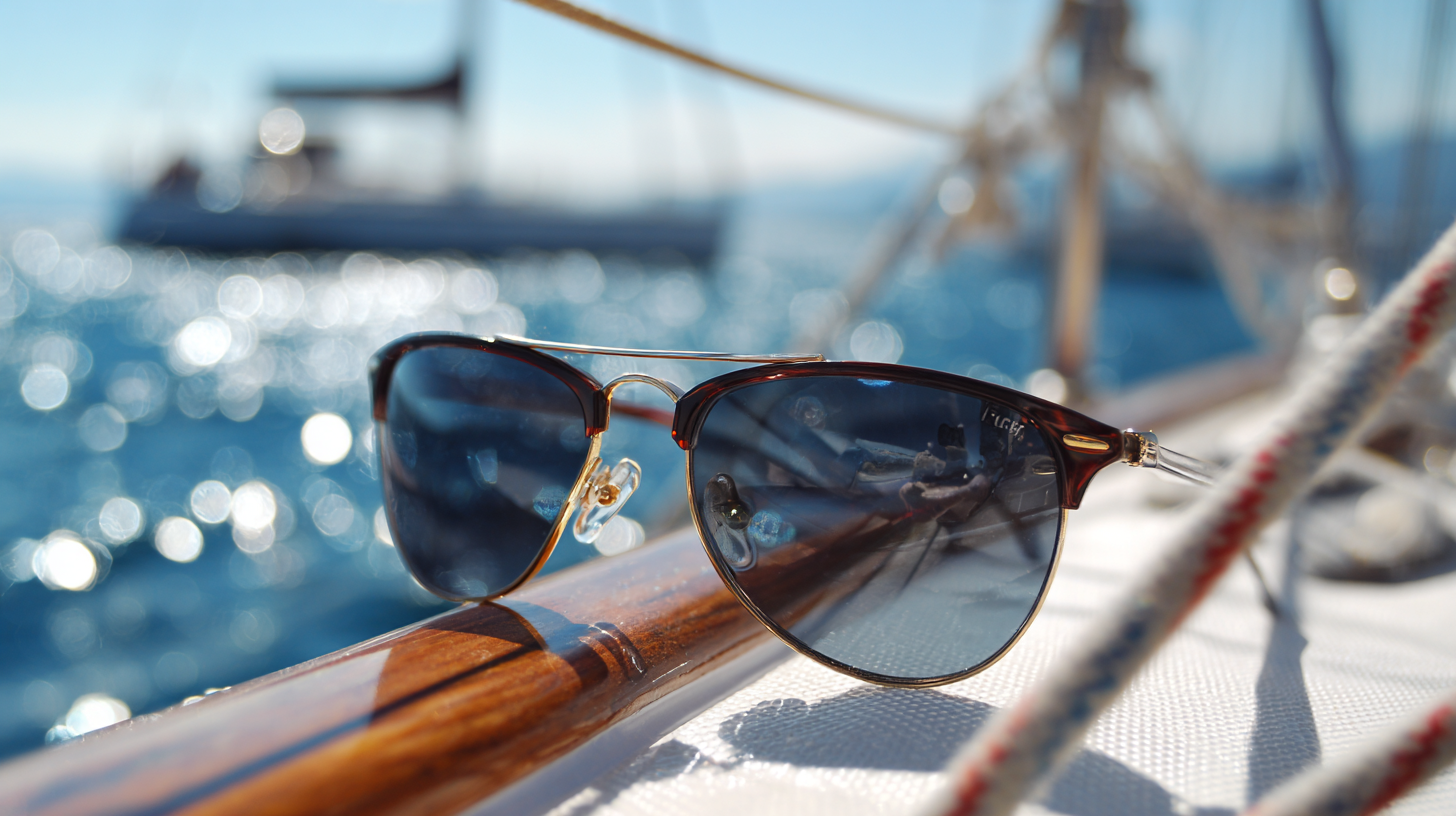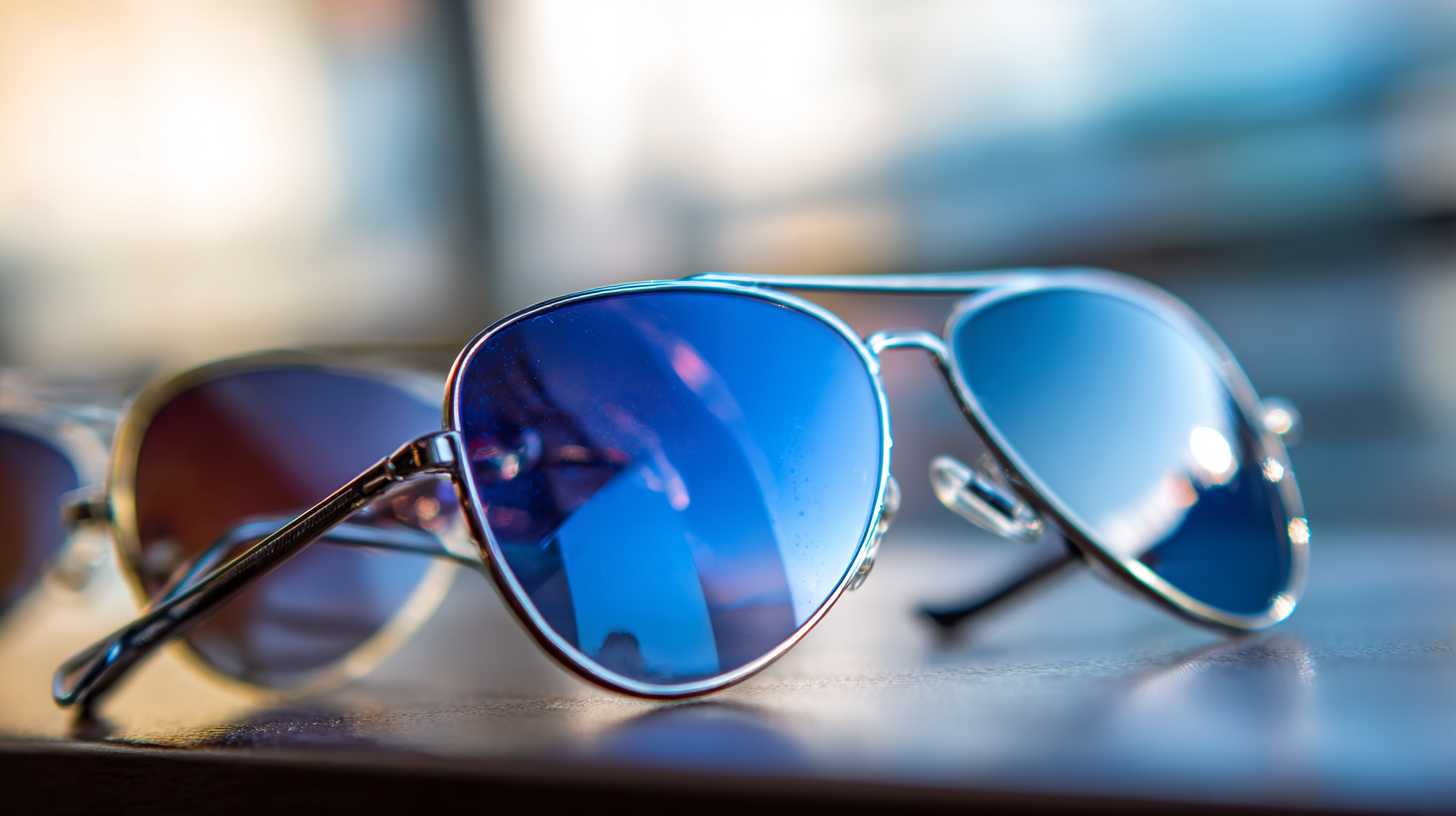When it comes to selecting the right pair of Navigator Sunglasses, understanding UV protection and lens technology is crucial for safeguarding your eyes against harmful solar radiation. According to a report by the Vision Council, approximately 20% of the UV exposure we receive in our lifetime occurs before the age of 18, highlighting the urgent need for effective sun protection in eyewear choices. Furthermore, studies indicate that sunglasses with polarized lenses can reduce glare by up to 99%, significantly improving visual comfort and clarity. As the global market for sunglasses continues to grow, expected to reach $40 billion by 2025, consumers are increasingly seeking advanced optical solutions that not only enhance style but also prioritize eye health. In this article, we will guide you through the essential factors to consider when choosing Navigator Sunglasses that offer optimal UV protection and cutting-edge lens technology.

When selecting navigator sunglasses, understanding UV protection levels is crucial for safeguarding your eyes from harmful rays. The ultraviolet (UV) spectrum is divided into UVA, UVB, and UVC rays, each posing different risks to eye health. UVA rays can penetrate deep into the skin and eyes, potentially leading to long-term damage, while UVB rays are primarily responsible for sunburn and can also harm the eyes. To effectively protect against these harmful rays, look for sunglasses that offer 100% UVA and UVB protection. This is a fundamental feature that ensures your eyes are shielded from the majority of harmful radiation during outdoor activities.
In addition to UV protection, the lens technology used in navigator sunglasses can significantly enhance your visual experience. Polarized lenses, for instance, minimize glare from reflective surfaces like water and roads, improving clarity and comfort. Furthermore, photochromic lenses adjust to changing light conditions, providing adaptation without needing to switch glasses. When choosing navigator sunglasses, it is essential to combine effective UV protection with advanced lens technologies, ensuring both eye safety and optimal vision quality while enjoying the outdoors.
When selecting Navigator sunglasses, understanding lens technology is vital for achieving optimal vision while protecting your eyes. Different lens types can significantly impact clarity and the overall visual experience. For instance, polarized lenses excel in reducing glare from reflective surfaces, making them ideal for activities near water or on sunny days. This technology enhances contrast and provides sharper vision, allowing you to see details more clearly.
Another important lens technology to consider is photochromic lenses, which adjust to changing light conditions. These lenses darken in bright sunlight and lighten in lower light, offering versatility for varying environments. They are particularly beneficial for individuals who transition between indoor and outdoor settings frequently. Additionally, anti-reflective coatings can further enhance visual comfort by minimizing reflections on the lens surface, improving clarity and focus. By understanding these various lens technologies, you can choose Navigator sunglasses that not only shield your eyes from harmful UV rays but also elevate your visual performance in diverse conditions.

When selecting navigator sunglasses, one of the key considerations is whether to choose polarized or non-polarized lenses. Polarized lenses are renowned for their ability to reduce glare from reflective surfaces, such as water, snow, and glass. This feature is particularly beneficial for outdoor enthusiasts and those who spend considerable time in bright environments, as it enhances visibility and comfort. The special coating on polarized lenses filters out horizontal light waves, making them ideal for activities like fishing and driving, where glare can hinder performance and safety.
On the other hand, non-polarized lenses can be a suitable option for everyday wear and fashion preferences. While they do not reduce glare as effectively as polarized options, they often provide a wider range of tint colors and styles. Non-polarized sunglasses are also easier to manufacture, which sometimes makes them more affordable. For individuals who primarily seek UV protection without needing specialized glare reduction, non-polarized lenses can be an effective choice. Ultimately, the decision between polarized and non-polarized lenses should align with the wearer’s lifestyle and specific needs.
| Lens Type | UV Protection Level | Glare Reduction | Visibility in Bright Conditions | Price Range |
|---|---|---|---|---|
| Polarized | 100% UVA/UVB | High | Excellent | $100 - $300 |
| Non-Polarized | 100% UVA/UVB | Moderate | Good | $50 - $150 |
| Photochromic Polarized | 100% UVA/UVB | Very High | Outstanding | $150 - $400 |
| Tinted Non-Polarized | 100% UVA/UVB | Low | Fair | $30 - $100 |
When selecting Navigator sunglasses, the significance of lens color and tint cannot be overstated, especially regarding varying sunlight conditions. Lighter tints, such as yellow or amber, enhance contrast and depth perception on cloudy days or in low-light environments. They filter blue light, making them ideal for activities like fishing or cycling, where clear visibility is crucial. Conversely, darker tints—like gray or brown—are effective in bright, sunny conditions, as they reduce glare and help in maintaining true color perception. This makes them a popular choice for those spending extended periods outdoors.

Moreover, polarized lenses offer an additional layer of protection by minimizing reflective glare from surfaces such as water or asphalt. This feature is particularly beneficial for water sports enthusiasts and drivers, as it significantly reduces eye strain and enhances clarity. Choosing the right lens color and tint based on your specific activities and the typical sunlight conditions you encounter is essential for optimal eye protection and comfort. By understanding these nuances, you can ensure that your Navigator sunglasses provide both stylish protection and functional benefits.
Choosing the right frame style for sunglasses is crucial for both comfort and functionality. When selecting a pair of navigator sunglasses, consider the different frame materials and shapes available on the market. Research shows that frames made from lightweight materials such as nylon or polycarbonate enhance comfort, particularly during prolonged wear. For instance, a study found that wearing heavier frames for extended periods can lead to discomfort and irritation, indicating that lighter options are preferable for daily use.
Additionally, the frame style affects not only aesthetics but also the sunglasses' overall performance. Wraparound designs can offer greater peripheral protection against UV rays, which is essential for outdoor activities. According to a recent analysis of over 100 sunglasses, models with broader lenses provide substantial UV coverage, reducing the risk of sun damage to the eyes. Furthermore, adjustable nose pads can significantly improve the fit, allowing for personalized comfort that accommodates varying nose shapes and sizes. Thus, when choosing navigator sunglasses, prioritize a frame style that resonates with your lifestyle while ensuring it features the right combination of comfort and protective capabilities.
This chart compares different UV protection levels and lens technology types for navigator sunglasses. The data illustrates how various sunglasses perform in blocking UV rays, along with their respective lens technology.






